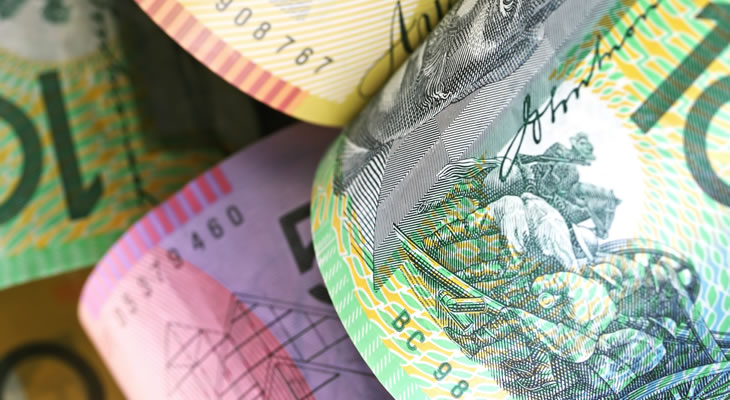Pound to Australian Dollar Exchange Rate Advances Limited amid Brexit Fears
Despite the Pound’s (GBP) broad weakness on rising no-deal Brexit fears, the Pound Sterling to Australian Dollar (GBP/AUD) exchange rate was able to recover most of its weekly losses last week as the Australian Dollar (AUD) weakened too.
After opening last week at the level of 1.7912, GBP/AUD spent most of the week trending much lower. GBP/AUD even briefly touched on a 2019 worst level of 1.7576 earlier in the week.
However, towards the end of the week GBP/AUD saw a strong recovery before closing the week near the level of 1.7880.
At the time of writing, GBP/AUD was trending close to the level of 1.7940 after slipping back from a brief jump to a 3-week-high of 1.8004 this morning.
Concerns that US-China trade talks could collapse and lead to an extended period of trade tensions are weighing heavily on the outlook for trade-correlated currencies like the Australian Dollar.
Pound (GBP) Exchange Rates Fail to Hold Ground as No-Deal Brexit Fears Persist
Fears that Britain is headed towards a no-deal Brexit continue to dominate the Pound outlook after last week’s fears led to sharp movements in the British currency.
For most of last week, the Pound was dominated by fears that the new Boris Johnson government would be willing to aim for a no-deal Brexit.
Johnson’s government has said it wants to renegotiate the UK-EU withdrawal deal, but the EU has said that the previously agreed deal is the only possible withdrawal deal.
While Sterling rebounded from its worst levels later in the week amid Australian Dollar weakness, the currency was unable to capitalise on rival weakness due to continued Brexit fears this week so far.
Over the weekend, Johnson adviser Dominic Cummings indicated that he believed there was little that MPs could do to stop a no-deal Brexit if the government aimed for one.
He said even in the event of a vote of no-confidence in the government, the government could simply hold a general election after no-deal Brexit had already taken place. These fears continued to weigh heavily on Sterling today.
Australian Dollar (AUD) Exchange Rates Hit by Poor Data, Trade Fears and Commodity News
A slew of concerning market factors hit the Australian Dollar when markets opened on Monday, causing a brief slump in the currency and helping GBP/AUD to keep edging higher.
While much of last week’s Australian data was slightly better than expected, the Australian services PMI published during today’s Asian session was particularly disappointing. The figure slumped to a contraction of 43.9.
As China is Australia’s biggest trade partner, the latest Chinese data and US-China trade news also weakened the Australian Dollar. China’s July services PMI from Caixin fell short of expectations today.
Global headlines have been hit with speculation that US-China trade negotiations could be about to collapse.
China allowed the Chinese Yuan (CNY) to sink to lows not seen since 2008 in a move that has been seen as a sign of a possible currency war. It also caused concerns that China was considering giving up on trade negotiations.
It follows criticism of China’s efforts from US President Donald Trump last week.
Partially as a result of this, prices of iron ore, Australia’s most lucrative commodity, slumped. These factors all weighed heavily on the Australian Dollar today and prevented even the weak Pound from falling against it.
Pound to Australian Dollar (GBP/AUD) Exchange Rate Investors Await Political and Bank Developments
While this week’s economic calendar will be fairly busy, with Australian trade data and UK growth data on the way, the Pound to Australian Dollar (GBP/AUD) exchange rate could be driven more by other factors.
Brexit fears and developments will continue to dominate the Pound outlook, and investors may be hesitant to buy the British currency much unless there is some optimistic news on the possibility of a Brexit deal.
Australian Dollar investors have even more to watch out for.
Tomorrow’s Asian session will see the Reserve Bank of Australia (RBA) holding its August policy decision, and amid recent mixed Australian data and worsening US-China trade tensions, the bank may show a more dovish stance on Australian monetary policy.
If the bank surprises investors with an even more dovish tone, RBA interest rate cut bets could rise and AUD may be in for further losses.
Of course, with US-China trade tensions flaring up again in recent sessions, the Pound to Australian Dollar (GBP/AUD) exchange rate could also react to trade developments and changes in commodity prices.


Comments are closed.